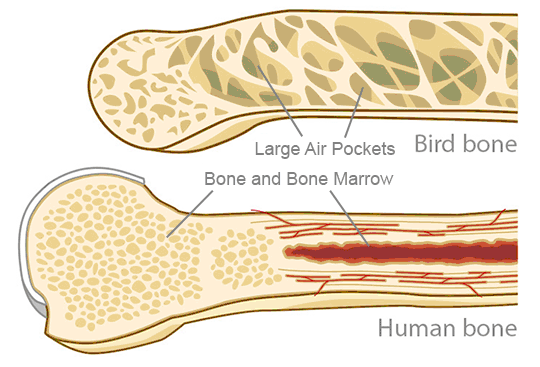Posted on 10/01/2019 7:34:06 AM PDT by null and void
BASF is a name I hadn’t heard in a while. They were pioneers in the magnetic tape field (along with Ampex), but by the time the ‘70s came along, their premium compact audio cassette products were easily eclipsed my Maxell and TDK.
Thus after the sintering process that removes the binder, the resulting pure 316L object will have shrunk in all dimensions. BASF says the shrinkage is approximately 20% in the XY axis and 26% in the Z axis. Therefore those using Ultrafuse 316L will have to slightly enlarge their 3D models appropriately to ensure the resulting part is the correct dimensions.
...
Good for trinkets but not so good for precision parts.
Sintering temperature about 1300 or 1400°C
OK, now printing a complete firearm with a 3-D printer is much closer to reality.
Too damned bad for the control freaks in government. BFYTW!
Sounds familiar...

But think about it. What if you could get that thing to print that wire with a weld and no polymer. And you could do it down to a 40 micron finish? It would put the machine tool industry as we know it out of business.
Make the binder out of JB Weld. You’d be able to print anything!
Still, a near net sized part reduces the machining requirements, and there’s still the ability to make non-critical dimensioned internal passages of arbitrary shape, say a coolant path that spirals around the hot spot.
I do like the way youse guys think...
This ISN’T NEW technology. I went to a demonstration in 2004 where they showed us how to do this. Their demo printed a chess piece which we could hold and examine. They also showed us a similar piece after furnace removal of the binder and sintering. And then a final piece where the sintered part had been placed in contact with a molten pool of some brazing alloy and and allowed to wick up and fill the binder voids to finally yield a void free non-porous part.
...
Good for trinkets but not so good for precision parts.
The exact same size reduction has to be taken into account today with MIM, and plenty of close tolerance parts are manufactured this way.
This is just MIM without the injection mold.
Depends on how precisely the shrinkage is known and controlled. "Green firing" is a standard technique used to produce precision ceramic parts. And "non-3D printed" sintering is already used to produce precision metal parts.
There are plenty of machines that already do that....they are just VERY expensive. This filament is a much lower cost way to address a part of the "metal parts" market.
Parts are new.
Yes, copper infused nickle has been around a while. This is 316 stainless steel.
SOLID stainless steel after binder burn off and sintering, resulting in a much stronger part.
Yes, metal filled ABS filament has been around a while. This is 90% metal, not 70-80%, that makes a big difference in the shrinkage and improves dimensional control of the final part.
Process improvements have enabled the higher percentage of metal fill. The older processes would have even the lower percentage of metal particles clump together and not reliably feed through the nozzle, ask me how I know...
But, you are correct, this is no more “new” than a car engine with no points and condenser (computer controlled ignition) and no aspirated carburetor (computer controlled fuel injection) is “new” when compared to a ‘57 Chevy engine. It’s still a fuel-air mixture being ignited in a cylinder to move a piston...
Another ability is instead of heavy cast metal parts, internal infill can be controlled for much lighter components. For example, 5% infill with 5 layer shells & etc. There are some lightweight, high temp requirements I see this as a win, win..
A filament version of metal injection molding (MIM)!
If the temperatures/times are not too outlandish, Knifemaker heat treat kilns (electric) might fit the bill? That would be so very cool! A small part prototyping/manufacturing process with readily available components!!!!!
KYPD
In the early days of aviation, designers were asked to "add lightness"
Birds do it...

Disclaimer: Opinions posted on Free Republic are those of the individual posters and do not necessarily represent the opinion of Free Republic or its management. All materials posted herein are protected by copyright law and the exemption for fair use of copyrighted works.